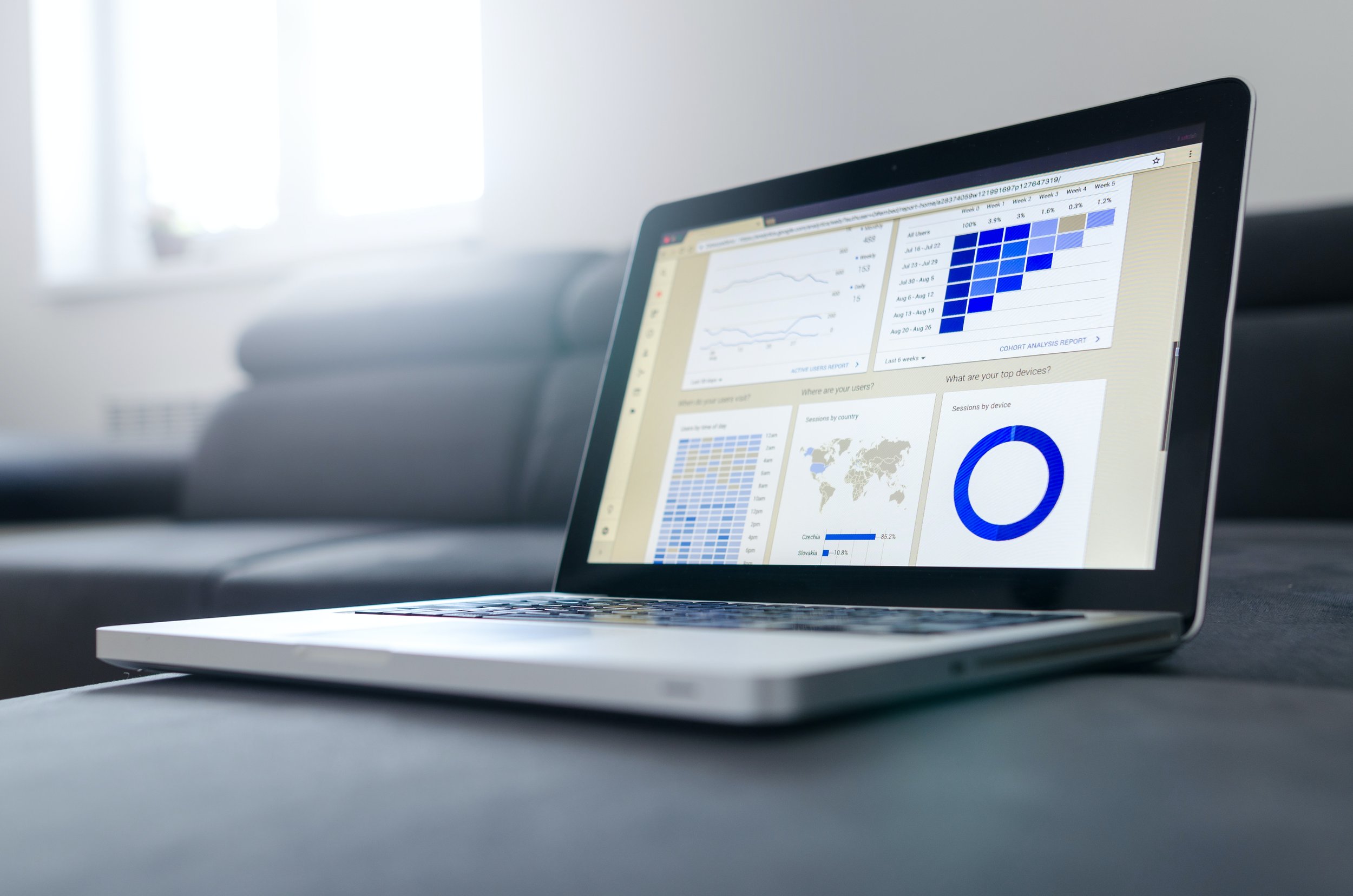Dashboarding: How to Begin?
A data quality dashboard can be a very useful tool for displaying the state of your organisation’s data, but if these are not approached and designed correctly then they can become confusing and frustrating for your users. Irrespective of what tool you are using there are some simple rules and tips which are essential to follow to ensure that you create a dashboard which is both functional and simple to use.
Accessibility
Ensure that you can access the data which you require. It may sound rather obvious but it is very common for this to be a barrier at the beginning of a project or assignment, ensuring that you have access to the data which you are going to be using ahead of the project inception will mean that no time is wasted when you come to begin the design and build.
Know your data
Find out what data items you need to report on, and which decisions that data will inform. It is often helpful to gain an understanding of the data which you’ll be working with as it can help to ensure that when you are creating the dashboard you are displaying items in a logical way. An understanding of the data is not always strictly necessary especially if it is confidential or the stakeholder is very engaged and able to steer the design of the dashboard.
Engage stakeholders
Determine the highest priority goals for the dashboard with the stakeholders and iteratively develop a dashboard whilst steering them toward the best solution. This aspect is crucial to the success of your dashboard, having engaged stakeholders who will let you know their requirements and take an interest in the product will ensure that the dashboard is fit for purpose and more likely that the end product will be tailored and ultimately useful for the end users.
Agile principles
Building a dashboard is exactly the sort of project where working in an agile fashion is really useful as it encourages regular interaction with the stakeholder who can then give feedback on the design and content at standard intervals to ensure that the dashboard is on track to deliver what the stakeholder expects.
Keep visuals simple
When designing your dashboard it is easy to fall into a trap of using all of the visualisations available to you and to show as much insight as possible. However, if your dashboard has too much complexity and data displayed on the dashboard, users can become confused and overwhelmed. You should aim to deliver quick insights with clean, simple views. Remember that not everyone who uses the dashboard is going to be a data-whizz so bear these people in mind when creating your dashboard and avoid acronyms and abbreviations to avoid confusion.
Tailor user access to the right data
You can make it easier for users to target the insights they need by providing them access to only the data that’s relevant to them, The process for this may differ depending on the tool which you are using but can also be very important when dealing with sensitive or confidential data to ensure that only permitted users can view that data.
User feedback
Once the dashboard is in production it is important to keep receiving feedback from users and to keep adding new features and improvements to the dashboard as users make them apparent. If you leave the dashboard and do not take on feedback then you may find that the end users stop using it and it becomes defunct as it no longer satisfies the needs of the users even where originally it may have. Users' needs tend to evolve and grow over time and dashboards should reflect that.
Reap the benefits
By following these principles, you should find that you can deliver a useful, powerful dashboard to your stakeholders; which gives them a quick, concise view of their data quality along with highlighting of problem areas, enabling a quick response to potential incidents and errors. This saves time and makes the business aware of problems which they may not have realised, resulting in more accurate analysis, reporting and modelling. Hopefully, these tips help your design and implementation choices going forward.


